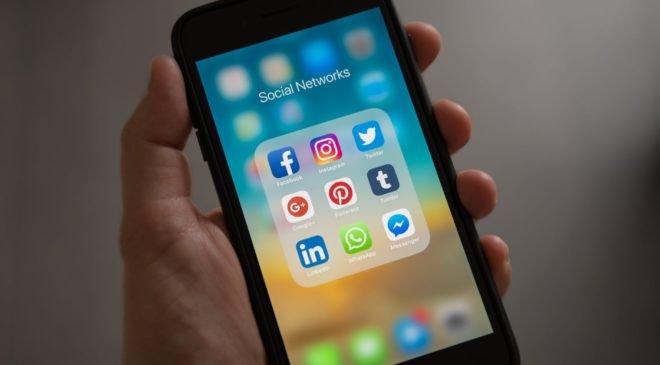
Clickbait is a term used to describe sensational headlines that are designed to grab your attention and get you to click on a link. The problem with clickbait is that the content behind the headline often doesn’t live up to the hype, and you end up wasting your time on something that wasn’t worth your attention. Here are some steps you can take to identify clickbait and avoid falling for it.
- Check the source: The first step in identifying clickbait is to check the source of the article. Is it from a reputable news outlet or a source you’ve never heard of before? If it’s from a source you’re unfamiliar with, do some research to see if it’s a credible news organization or a clickbait site.
- Look at the headline: Clickbait headlines are often sensational and exaggerated. They use words like “shocking,” “outrageous,” or “mind-blowing” to grab your attention. If the headline sounds too good to be true, it probably is.
- Check the URL: Clickbait sites often use URLs that are similar to reputable news sites, but with slight variations. For example, instead of CNN.com, the URL might be CNN.today or CNNnews.com. Be sure to check the URL carefully to make sure you’re on a legitimate news site.
- Read the article: If you’re still not sure if the article is clickbait, take the time to read it. Clickbait articles are often short and lack substance. If the article doesn’t provide any real information or is full of fluff, it’s probably clickbait.
- Check the comments: If the article has a comment section, take a look at what people are saying. If the comments are full of people saying things like “I fell for it,” or “Waste of time,” it’s probably clickbait.
- Use fact-checking tools: If you’re still unsure whether an article is clickbait or not, use fact-checking tools like Snopes or FactCheck.org to see if the story has been debunked or if there are any red flags.
In conclusion, clickbait is a common problem on the internet, but there are steps you can take to identify it and avoid falling for it. By checking the source, headline, URL, reading the article, checking the comments, and using fact-checking tools, you can ensure that you’re consuming reliable, factual information, and not wasting your time on sensationalized clickbait.



